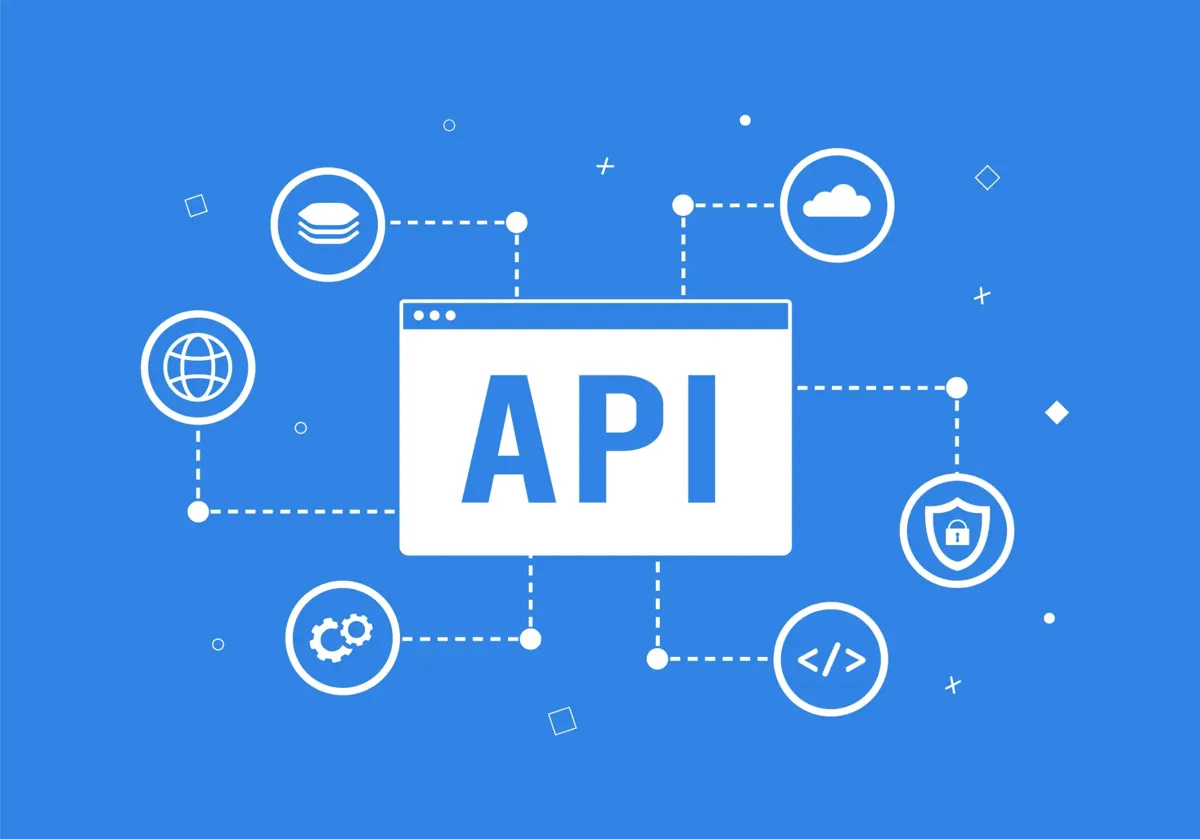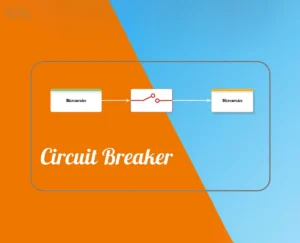In today’s hyperconnected digital landscape, API-first development has become the cornerstone for creating scalable, flexible, and integrated software ecosystems. This development philosophy prioritizes designing APIs before writing any application code, ensuring seamless software integration across devices, platforms, and services. By treating APIs as core products rather than afterthoughts, organizations accelerate development cycles, boost developer productivity, and deliver consistent user experiences.
The rise of microservices, REST APIs, and GraphQL has only accelerated this shift, powering the expanding API economy and enabling a truly developer-first approach to software engineering. Moreover, as AI technologies like Agentic AI and Generative AI transform software capabilities, API-first development provides the essential infrastructure for building intelligent, connected applications that can leverage AI services efficiently.
This article explores the evolution and future trends in API-first development, highlights advanced strategies for success, and demonstrates how mastering this approach prepares engineers for the next wave of AI-powered digital ecosystems.
The Evolution of API-First Development
Traditionally, APIs were often an afterthought—created only after applications were developed to expose features externally. This reactive approach limited integration, slowed innovation, and made maintenance complex. The API-first development philosophy reverses this by positioning APIs as the central communication layer and foundation of all software components, from mobile apps to third-party integrations.
Teams design and document APIs upfront, establishing clear contracts that guide development across multiple teams and projects concurrently. This approach ensures:
- Consistent API design and documentation
- Reusability of APIs across products and projects
- Parallel development workflows that reduce bottlenecks
- Early detection of integration issues through API mocking and testing
A landmark example is Amazon’s 2002 API-first mandate, which required all teams to expose functionality exclusively via APIs designed to be externalizable, enabling massive scalability and innovation.
Latest Features, Tools, and Trends in API-First Development
Modern API-first development leverages powerful tools and standards that automate and streamline the API lifecycle:
| Feature/Tool | Description | Benefit |
|---|---|---|
| Swagger/OpenAPI | Specification and tooling for defining and documenting REST APIs | Enables auto-generation of documentation, SDKs, and mock servers, speeding development |
| GraphQL | Query language and runtime that lets clients specify exactly the data they need | Reduces over-fetching and under-fetching, improving efficiency and developer experience |
| Microservices | Architectural style building applications as loosely coupled services connected via APIs | Promotes modularity, scalability, and independent deployment |
| API Gateways | Manage, secure, and monitor APIs at runtime | Ensures governance, security, and analytics across complex API landscapes |
| API Management Platforms | Centralized environments like Postman and SwaggerHub for design, testing, and collaboration | Centralizes API artifacts, documentation, mocks, and monitoring for team collaboration |
The emphasis on developer tools that enhance the developer experience (DX) is critical. Well-documented, consistent APIs reduce onboarding time and troubleshooting, enabling developers to innovate faster and reduce failure risks.
Advanced Tactics for Success with API-First Development
To fully leverage API-first development, organizations should adopt these advanced strategies:
- Establish API Contracts Early: Collaborate with business stakeholders and developers to define clear API specifications before coding begins. This reduces guesswork and integration errors.
- Automate the API Lifecycle: Use tools like SwaggerHub or Postman to auto-generate documentation, mock servers, SDKs, and tests, enabling rapid iteration without sacrificing quality.
- Implement API Governance: Enforce design standards, security policies, and versioning rules centrally to maintain consistency and compliance across teams and projects.
- Design for Reusability and Modularity: Treat APIs as products with their own lifecycle, promoting reuse across applications and reducing redundant development.
- Integrate Analytics and Monitoring: Embed observability into APIs to track usage patterns, performance, and errors, supporting continuous improvement and business insights.
These tactics ensure APIs remain robust, scalable, and aligned with evolving business needs, especially as AI-powered features increasingly rely on stable, well-designed API ecosystems.
The Power of Content, Storytelling, and Community in API-First
Building a thriving API ecosystem goes beyond technical design. Engaging developer communities through clear documentation, tutorials, and sample code fosters adoption and innovation. Storytelling around successful API use cases helps internal teams and external partners recognize the value and potential of well-crafted APIs.
Communities of practice within organizations and open forums externally enable sharing best practices and feedback loops that drive API evolution. This collaborative culture is essential for sustaining momentum and embracing emerging technologies like AI integration.
Measuring Success: Analytics and Insights
Effective API-first strategies rely on data-driven insights to measure:
- Developer productivity through velocity and collaboration metrics
- API adoption rates and usage patterns
- Error rates and uptime to ensure reliability
- Business impact such as revenue from API-driven products or partner integrations
Platforms like Postman and API gateways provide dashboards consolidating these analytics, enabling teams to optimize API design and support.
Business Case Study: Stripe’s API-First Journey
Brand Journey:
Stripe, a leading online payments platform, built its entire product around an API-first philosophy. From the start, Stripe treated its API as the core product, enabling developers worldwide to integrate payments seamlessly.
Challenges:
Stripe needed highly reliable, well-documented, and easy-to-use APIs to gain developer trust and adoption in a competitive market.
Tactics Used:
- Rigorous API-first design with clear versioning and backward compatibility
- Extensive developer tooling and sandbox environments for testing
- Continuous feedback loops with the developer community for improvements
Measured Results:
- Rapid global adoption powering millions of transactions daily
- High developer satisfaction scores
- Significant business growth driven by API integrations across industries
Stripe’s success exemplifies how API-first development drives technical excellence and business value.
Actionable Tips for Software Architects and Developers
- Start with the API contract: Define your API’s purpose, endpoints, and data models before coding.
- Leverage automation tools: Use Swagger/OpenAPI and Postman to generate documentation and mocks.
- Design for scalability: Adopt microservices architecture to enable independent deployments.
- Prioritize developer experience: Ensure your API is intuitive and well-documented.
- Implement governance processes: Maintain consistency and security across all APIs.
- Monitor and analyze: Use API analytics to continuously improve performance and reliability.
- Engage your developer community: Provide clear guides, forums, and feedback channels.
Why This Course is Ideal for Mastering API-First Development
This comprehensive Software Engineering, Agentic AI and Generative AI course offers an industry-aligned curriculum that goes beyond theory with:
- AI-led modules integrating generative and agentic AI concepts alongside API-first software engineering
- Hands-on learning through real-world projects and case studies, ensuring practical skills
- Internships and placement support with leading industry partners, primarily based in Mumbai but accessible nationally online
- Faculty comprising industry experts experienced in software architecture and AI-powered development
- Emphasis on developer tools, API design, and digital ecosystems preparing students for future connected and intelligent applications
This course uniquely positions students at the intersection of AI and API-first development, essential for building next-generation software systems.
Conclusion
The future of software development is undeniably API-first development, enabling faster innovation, better software integration, and richer digital ecosystems. By prioritizing APIs as foundational products and leveraging modern tools, organizations can build scalable connected applications that meet evolving business and user demands.
For developers and architects aiming to lead this transformation, this course provides essential training and industry exposure to design, build, and manage next-generation APIs and AI-powered software systems. Explore how you can future-proof your career and build for connectivity today.
FAQs
Q1: What is API-first development and why is it important for software integration?
API-first development is a methodology where APIs are designed and validated before application code, ensuring consistent and reusable interfaces that connect diverse software components. This approach improves integration across platforms, accelerates development, and enhances user experience.
Q2: How do developer tools enhance the API-first approach?
Tools like Swagger, Postman, and API gateways automate documentation, testing, and monitoring, improving developer productivity and ensuring high-quality, secure APIs.
Q3: What role do REST APIs and GraphQL play in API-first development?
REST APIs provide standardized, stateless interfaces widely used in microservices, while GraphQL offers flexible querying capabilities. Both are crucial for designing connected apps and digital ecosystems with efficient data access.
Q4: How does API-first development support the modern API economy?
By treating APIs as products, organizations can monetize, govern, and scale their service offerings, enabling new business models and partnerships in the API economy.
Q5: What advanced tactics help ensure success in API-first projects?
Key tactics include early API contract establishment, automation of API lifecycle, governance enforcement, modular design, and embedding analytics for continuous improvement.
Q6: Why is this course ideal for learning API-first development?
This course uniquely combines software engineering fundamentals with AI-led modules, real-world projects, and strong industry connections, especially in Mumbai and online, offering superior career readiness and practical skills.










